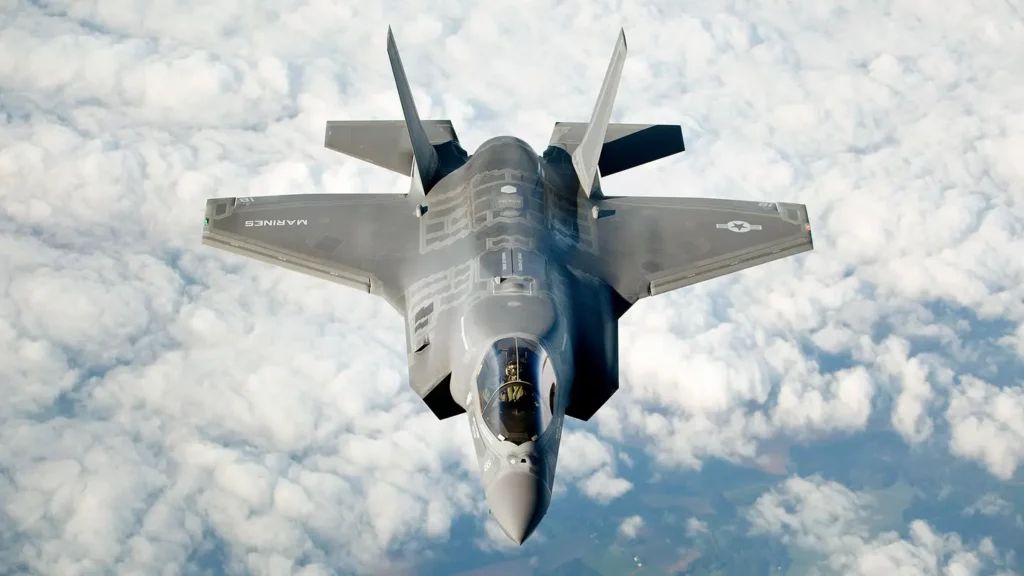Wreckage from the F-35 fighter jet, which mysteriously disappeared on Sunday, has been discovered roughly two hours north of Charleston.
This state-of-the-art F-35 Lightning II jet vanished from the radar near Charleston, just moments after its pilot experienced a sudden issue onboard, compelling him to eject and parachute to safety. The extensive search, spearheaded by Joint Base Charleston in collaboration with the Marine Corps Air Station Beaufort, eventually bore fruit on Monday evening when remnants of the aircraft were found. The location of the wreckage is northeast of Joint Base Charleston.
As recovery efforts get underway, Joint Base Charleston took to X, formerly known as Twitter, to advise community members to stay clear of the debris zone. They stated, “We are transferring incident command to the USMC this evening, as they begin the recovery process.” In a different update on Facebook, they mentioned that the circumstances leading to this unfortunate incident are currently being probed and refrained from sharing further specifics to ensure the inquiry remains uncompromised.
The pilot, thankfully, emerged from the ordeal relatively unscathed. After ejecting from the distressed jet, he was rushed to a nearby medical facility on Sunday. Current reports confirm his stable condition. The aircraft he was operating was identified as an F-35B Lightning II jet belonging to the Marine Fighter Attack Training Squadron (VMFAT) 501 of the 2nd Marine Aircraft Wing.
This occurrence has undoubtedly set off alarms concerning the safety of these jets. In fact, the U.S. Marine Corps, in response to the event, has issued a directive initiating a two-day break in flight operations to reflect on aviation safety. Eric M. Smith, the Acting Commandant of the Marine Corps, revealed that a series of Class-A aviation misfortunes within a short span necessitated a comprehensive safety review. The stand-down period would focus on reinforcing the essence of safe flying, diligent maintenance, ground safety, flight procedures, and ensuring combat readiness.
It’s worth noting that this isn’t the first time concerns surrounding the F-35 have surfaced. Last year, an Air Force F-35A met a tragic end in Utah, a result of turbulence caused by the wake of another F-35A. This disturbance interfered with the aircraft’s flight control computer, leading to its crash as the plane was on its descent, hindered by the lack of altitude and speed. Besides this, an F-35 jet operated by Japan had crashed in 2019 due to pilot disorientation, while in 2018, a malfunctioning fuel tube was the culprit behind an F-35 crash, initiating fleet-wide inspections.
Given their hefty price tags, such incidents become all the more alarming. An F-35 fighter jet is pegged at an estimated $80 million, as noted by Air & Space Forces Magazine earlier this year. A 2020 report by the Project On Government Oversight, however, estimated each Marine Corps F-35B’s cost to be a staggering $135.8 million. The 2023 U.S. Government Accountability Office report accentuated that the F-35 Lighting II Joint Strike Fighter program is undeniably the Department of Defence’s crown jewel in terms of expenses. It’s projected that the U.S. taxpayer’s commitment to this aircraft and its supporting systems might reach an astronomical sum of nearly $1.7 trillion over its operational life.

